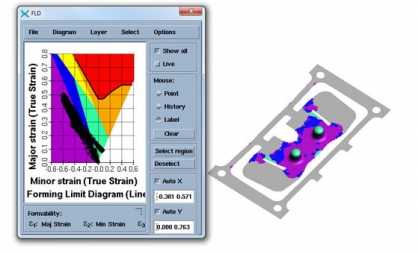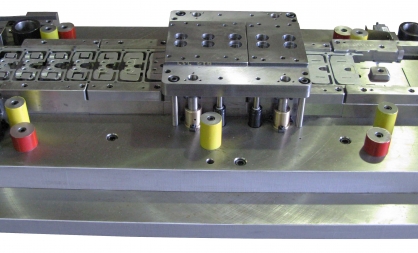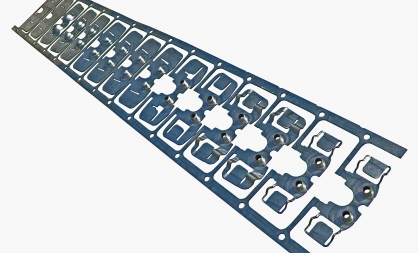Sheet Metal Forming Simulation
Case Studies
- Multi Step Simulation- Lodent Precision
- Forming Simulation- Corsair F4U
- Forming Troubleshooting- Die Engineering
- Step Optimization- Die Engineering
- Thinning Prevention- Viking Tooling
- ANSYS Simulation- Premier Tool Design
- Forming Troubleshooting- AFC Tool
- First Tryout Success- Minnesota Tool & Die
- Tool Design Testing- Die Enginnering
- Forming Troubleshooting- Malben Engineering
- Forming Troubleshooting- Williams Tooling
- Forming Simulation – Ustun Makina
- Metal Product Development- Rover Australia
Case Study - Lodent Precision 10747

As years go by, StampingSimulation has found that many of our customers have begun to use our process engineering services to determine and verify that they have capable parts and processes in place before designing the tooling. The end customer is always more willing to do product changes if they can see evidence of the problem early on in the project.
Many of our customers have found that, with the new wave of exotic, high-strength, and dual-phase materials now in use, parts that they could make before are becoming increasingly challenging to create. A problem-solving approach to manufacture is needed before committing to design.
Simulation is the perfect solution to minimize these problems and ensure that, when a part goes to tooling, all problems have been caught prior to submission. We take things one step further by offering a lab testing service for materials to collect the raw mechanical properties which we then feed into the simulation software in order to yield a more accurate result. This process of preemptive simulation testing is becoming more important as many of these materials behave differently than most people expect. We can then offer alternative tooling methods and product changes when necessary.
It is far easier to get a product change at the product design stage before the tooling is designed and manufactured. The worst outcome is to design a tool and then find out that it is an operation short or that the part won’t form as expected!
With services from StampingSimulation, we can eliminate many, if not all, of these problems before tool design commences. This significantly cuts down on the time spent trying to get the job to work in the press, which we all know can take as long as to make the tooling. This can be the difference between profit and loss.
Simulation Videos
Stamped Product by Lodent Precision Ltd
For this product, the criteria was for a maximum of 20% thinning on the plunged holes, in as few operations as possible, due to press size.

AutoForm-Incremental Results - Thinning Percentage
The dimple was drawn and reduced in 6 operations to minimize the thinning percentage to the required level. The precut areas were developed to allow the material to form in the way needed, giving the customer the confidence to design and manufacture the tool.

AutoForm-Incremental Results - FLD
A forming limit diagram was created to model the part stresses before tooling. This simulation allowed the tool to be built quickly, easily, and with minimal trial and error.

Tooling by Lodent Precision Ltd
The end result was a tool that was made using the data provided from simulation in a much reduced time scale and with very little time spent in the press getting the tool to produce a part.

Full Progression Strip Photo by Lodent Precision Ltd
We were delighted to be able to provide the means for a finished part without any unexpected tooling issues made in a shorter lead time due to our use of simulation and process engineering. These are the type of results we are seeing from customers who are prepared to do a lot of the engineering upfront using simulation.
